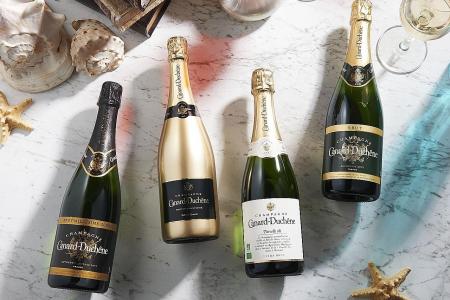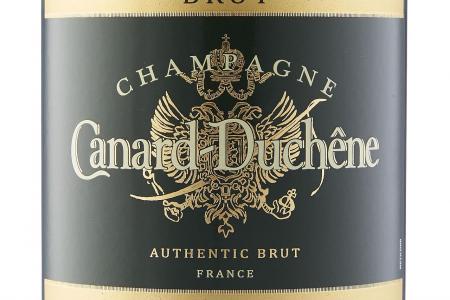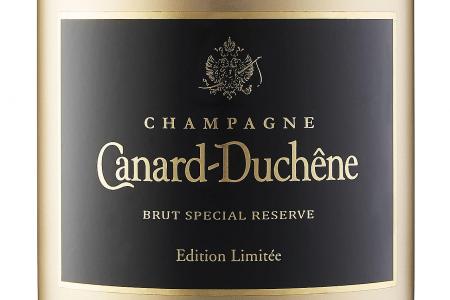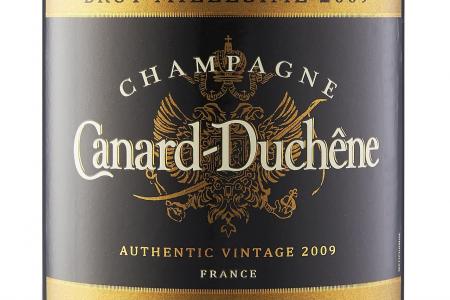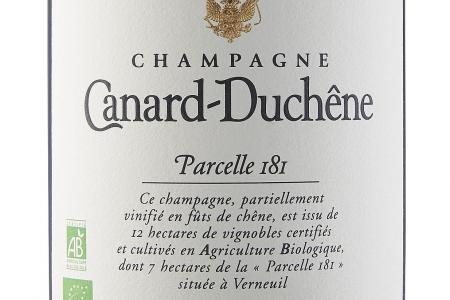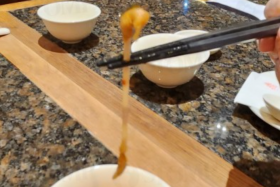Bubbles born of love: A toast to Champagne Canard-Duchene
Champagne Canard-Duchene wines, once endorsed by Russian royal family, are growing more popular globally
Champagne Canard-Duchene is essentially the result of a love story.
In 1860, barrel-maker Victor Canard met Leonie Duchene, the daughter of a winegrower, and the couple fell in love and married.
In 1868, exactly 150 years ago, they combined their names and founded Champagne Canard-Duchene.
Such was the quality of their wines that in 1890, Russia, perhaps the most important champagne market of its time, became enamoured with the bubbly - so much so that the court granted Champagne Canard-Duchene the right to adopt the coat of arms of the Russian royal family.
You cannot get a better endorsement than that.
Champagne Canard-Duchene is headquartered in Ludes, France, in the prestigious Montagne de Reims, where nine of the 17 Grand cru villages are located.
These are Mailly, Verzenay, Verzy, Ambonnay, Bouzy, Puisieulx, Sillery, Beaumont-sur-Vesle and Louvois.
The champagne house is set in a vast park surrounded by trees that are more than a hundred years old. There are regular exhibitions. Parents will be happy to know that children are welcome, even if they may not taste the wines.
The company also organises an annual Easter egg hunt in the park. Grown-ups can also take part, although they may be better rewarded in Champagne Canard-Duchene's tasting room.
Young and old alike can enjoy visiting its cellars, carved out by hand in the 19th century.
Unless you are particularly fit or inquisitive, you will most likely visit just parts of the more than 6km of cellars across four levels, which are 12m to 38m below ground, wherein lies a treasure trove of 16 million bottles of champagne.
If you examine closely the labels of the champagne house, you will notice that there is a handsome sabre and a two-headed eagle, a reminder of Champagne Canard-Duchene's ties to the Russian court.
Today, the reliance on that market is not so dominant.
Instead, Champagne Canard-Duchene is exported to 56 countries around the world.
Its home country, France, remains the biggest fan and accounts for about 70 per cent of the total annual production of more than four million bottles.
In the last two years, exports to the US and Africa have increased by 30 per cent and those to South Asia up by an even more impressive 70 per cent.
The person most responsible for the success of Canard-Duchene is its cellarmaster, or winemaker, Laurent Fedou, who was named Trophees Champenois Winemaker of the Year 2017.
BLENDING
Blending is the key to all great champagnes.
This is the case whether the wine consists of different varieties or even entirely of one single grape, because in the latter situation you still have to blend fruit from different vineyards.
In the case of Champagne Canard-Duchene, the signature grape of the house is Pinot Noir, the remainder being Pinot Meunier and Chardonnay.
As Mr Fedou puts it: "In my opinion, the soul of Pinot Noir lies in its subtlety, finesse, elegance and refinement."
All champagnes mentioned in this article are available at FairPrice.
The writer is wine consultant for FairPrice. He is also regional chairman of Decanter World Wine Awards, vice-chairman of Decanter Asia Wine Awards and a columnist for the World of Fine Wine magazine in Britain.
Tasting notes
Champagne Canard-Duchene Authentic Brut $68
This is the flagship of the house and comprises 40 per cent Pinot Noir, 40 per cent Pinot Meunier and 20 per cent Chardonnay. The palate is a blend of citrus, green pineapples and freshly baked brioche. Fresh, fruity, dry, and with a roundness that makes this very enjoyable on its own and with deep-fried food including dim sum, pakoras, Korean seafood pancakes and tempura.
Champagne Canard-Duchene Limited Edition Brut Special Reserve $78
This limited-edition champagne comes in a very striking bottle and comprises 44 per cent Chardonnay, 35 per cent Pinot Noir and 21 per cent Pinot Meunier. The bubbles are small and, more importantly, quite persistent. Very balanced, deliciously round, and fresh without being acidic. The nose and palate include brioche, apples and ripe grapefruit. Delicious on its own and with seafood.
Champagne Canard-Duchene 2009 $85
Comprising 40 per cent Pinot Noir, 40 per cent Chardonnay and 20 per cent Pinot Meunier, this is a ripe and fruity vintage. August was hot and dry, ensuring maturity in the grapes. Light gold in complexion. Sunshine on the nose and with ripe apple/lemon fruitiness, complete with a minerality and earthiness. The wine shows some creaminess of texture. Enjoyable on its own and with pork, chicken and tofu dishes.
Champagne Canard-Duchene Parcelle 181 Extra Brut $85
This exceptional champagne is from several select parcels of an organic vineyard. The blend is 30 per cent Pinot Noir, 30 per cent Pinot Meunier and 40 per cent Chardonnay. Apart from being organic, it is also certified vegan. In the words of Mr Fedou, "the development of P181 is part of Canard-Duchene's global initiative to be respectful of the environment". Part of the juice was fermented in oak barrel, and the result is a wine of intensity and complexity. The deep straw colour opens up with citrus and yellow fruit, including Mirabelle plum. There is also a hint of nuttiness and a delicate creaminess of texture. Dry, fresh, but also firm on the finish. Excellent with shellfish and fish, whether steamed, stir-fried or in a cream sauce.
Get The New Paper on your phone with the free TNP app. Download from the Apple App Store or Google Play Store now

